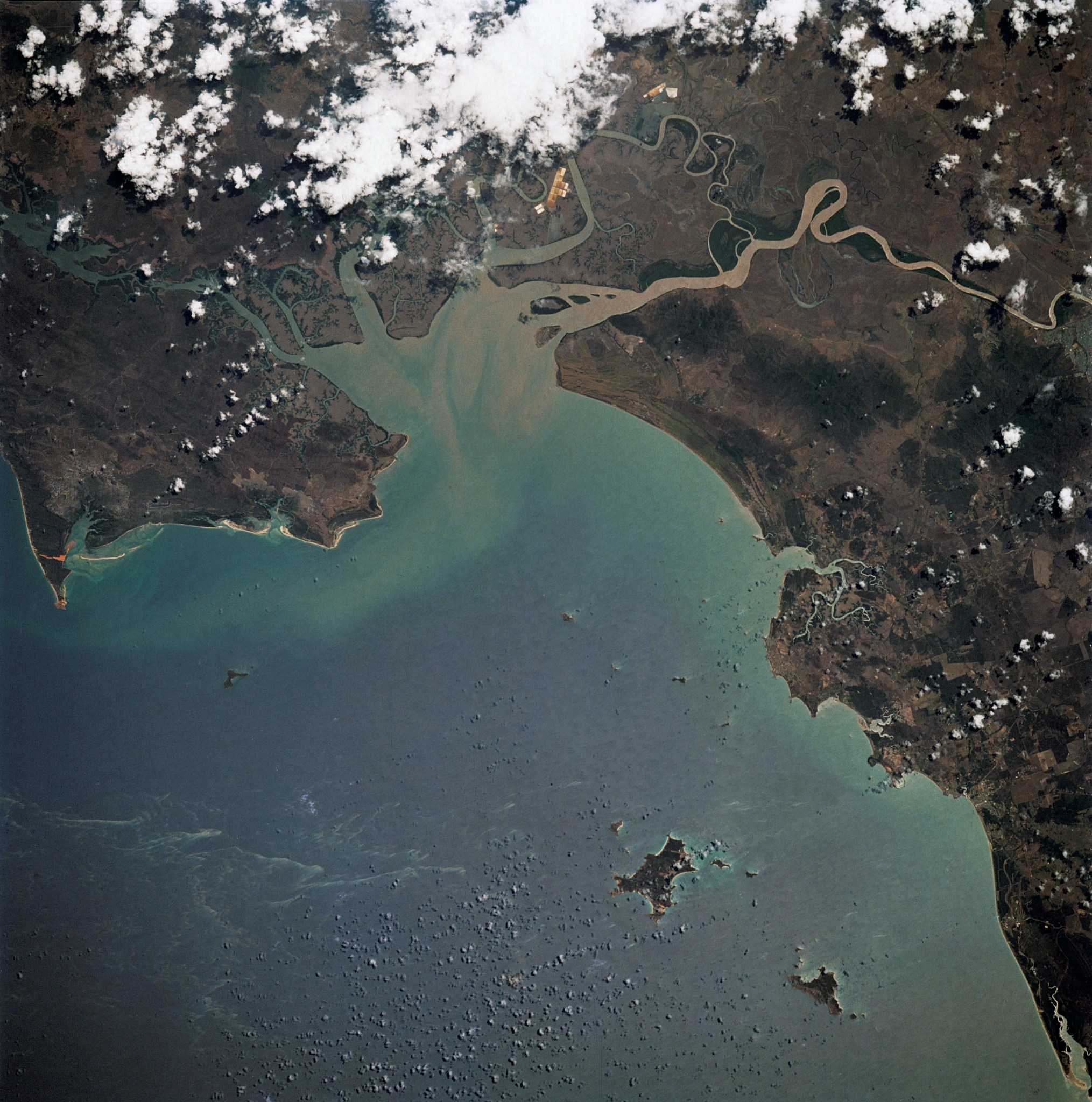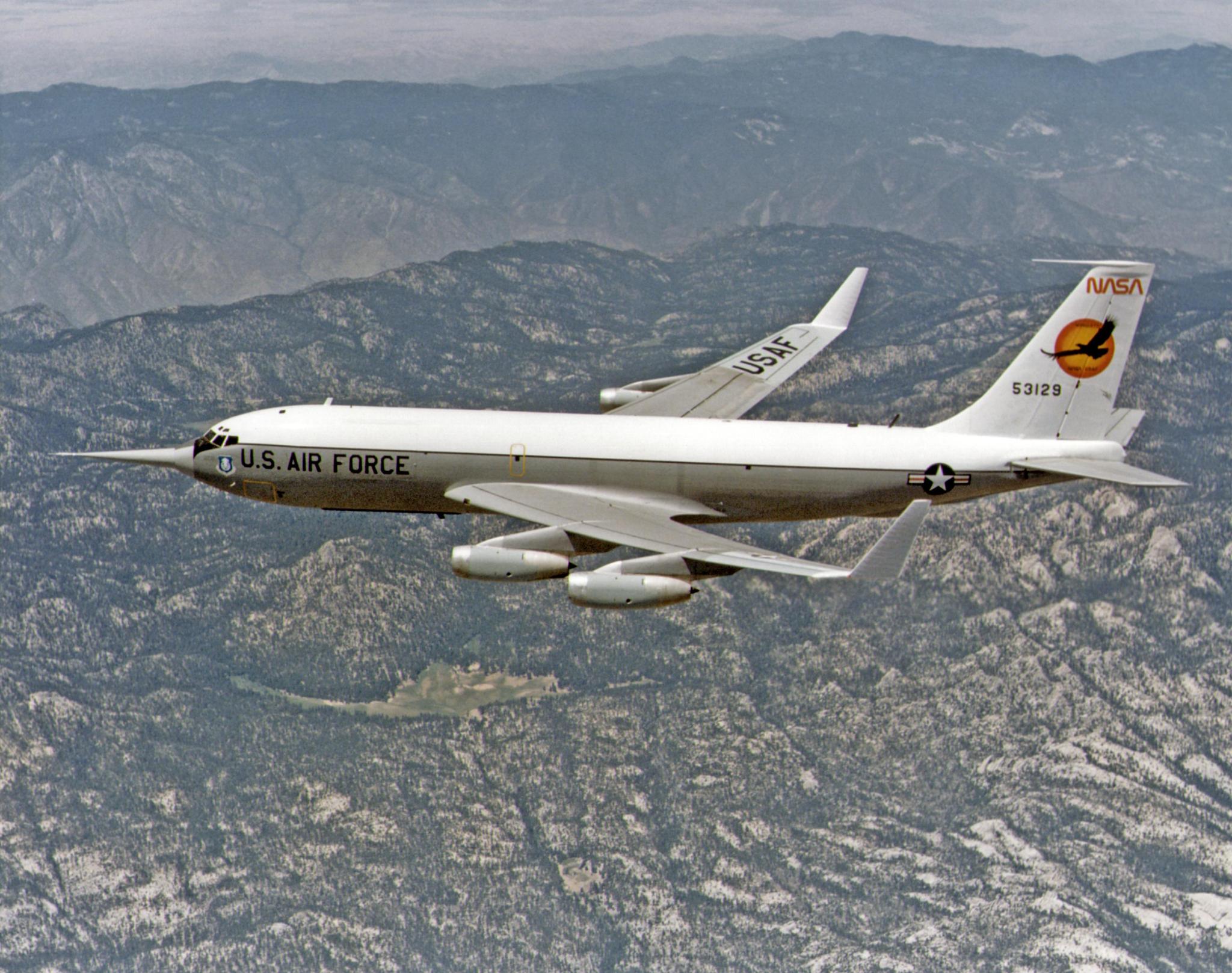NASA does more than explore space. NASA-developed technologies have long been used to protect and clean up our planet — not just by us, but by all kinds of companies that take NASA inventions and turn them into everyday, Earth-benefiting products. NASA technology has helped planes fly farther on less fuel, powered cleaner ways to produce beverages from soda to fancy sparkling wines, and more.
But we’re just getting started. This technology transfer – of NASA inventions to the public – is a core part of our mission, and something we’re always working to do more of.
For Earth Day, check out this roundup of some of the ways NASA technology already keeps our planet healthy and some of the innovations that may prove to be the next generation of technology to reduce pollution and improve the environment.
Getting There with Cleaner Air
In the 1960s and ’70s, an engineer at NASA’s Langley Research Center in Hampton, Virginia, Richard Whitcomb, was a titanic figure in aircraft research. Dubbed “the man who could see air” by the Smithsonian’s Air and Space Magazine, the NASA researcher’s insights led to significant improvements to aircraft efficiency — improvements that are saving fuel and lowering aircraft emissions to this day.
Among his other innovations, Whitcomb perfected what he called the supercritical wing, an inversion of what had been the traditional airplane wing profile, which significantly reduced aerodynamic drag.
A decade later, he designed the winglet, a perpendicular upturn at the end of each wing that eliminated wingtip vortices, an aerodynamic phenomenon that caused extra drag and could even interfere with nearby aircraft.
Both adaptations are now nearly ubiquitous on commercial planes, where each saves billions of dollars in fuel every year — and reduces carbon dioxide emissions in direct proportion.
Today, NASA is still hard at work, building on Whitcomb’s aerodynamic insights. A more recent innovation, available for companies to license for their own use, is a two-for-one that could further help fleets save money on fueling up. Part one consists of a unique trailing edge flap that offers the same lift capabilities as a conventional aircraft flap — with lower drag. Part two is a control mechanism that can change the wing’s shape in flight to adjust to conditions in the air automatically.
When combined, these technologies dramatically reduce fuel burn, making them perfect for use on just about all aircraft, including drones.

Green Power
When you hear renewable energy, you may think of solar power (and NASA has done plenty to advance that field too). But thanks to NASA research into life support for long-duration missions into deep space, there is another, more surprising option for green power: bacteria. Not only is this a highly efficient, renewable energy source, but it actually cleans up the environment along the way.
In “biologically assisted electrolysis,” microbes generate electricity as they break down waste in polluted water, releasing carbon dioxide. Other exoelectrogenic bacteria feed on that electricity and carbon dioxide to produce methane, which can also be used to power facilities.
Over several years, NASA helped fund efforts to turn this process into a deployable product, and in 2013, Cambrian Innovations’ released its EcoVolt Reactor. Today the technology is being used by big-name food and beverage companies to clean up their wastewater and power their operations.
But bacteria aren’t the only microorganisms in NASA’s repertoire. Another way to get cleaner water and energy is with algae. Harvested for everything from fertilizer to, potentially, diesel fuel, algae is a tiny plant that can do almost anything. Now, thanks to NASA’s long work on closed-loop life-support systems, we’ve created an algae-based photobioreactor, and we’re ready to license that technology to companies to implement.
With this NASA cultivation system, algae grows in its perfect environment — scummy waters. The water around the unit’s membrane provides cooling and mixing action from the waves to gently encourage the algae to grow. As the tiny plants grow, they feed on nutrient-rich pollution and carbon dioxide, leaving cleaner water behind. And the algae itself can also be used for cosmetics, food additives and — yes — renewable energy.
Fighting Fires from Space
Forest fires are devastating, and entire regions can be changed forever in their aftermath. Conservation International, a nonprofit dedicated to protecting nature around the world, used NASA’s Earth Exchange project to improve its ability to predict the risk of wildfires and spot them when they happen.
Leveraging the supercomputing power of NASA’s Ames Research Center in California’s Silicon Valley and about a petabyte, or a million gigabytes, of Earth-observation data from satellites, Conservation International gave its prediction systems a massive boost. The new forecasts protect rainforests by spotting smoke and environmental conditions conducive to fire. The data reporting spans nine countries and can even detect illegal burning activities in protected areas.
That’s just one way NASA’s Earth-observing satellites are making a difference here on the ground. Companies around the globe use free NASA imagery and data to enable everything from smarter farming to weather forecasting and forest management.
There are definitely more applications to be discovered. That’s why NASA created a remote sensing toolkit, which gathers together all the different data sources and the software tools needed to work with it. The toolkit is a user-friendly, one-stop shop for any business, researcher or conservation group to find and create new applications for the data NASA collects every day.
Year after year, the same technology that helps astronauts live and thrive in space, and scientists learn more about the universe beyond our planet, does the same for all life here on Earth. For more stories about the many benefits the space program has yielded for ordinary people, visit spinoff.nasa.gov.
If you’re interested in licensing any of the technology mentioned above, or any in NASA’s complete technology portfolio, you can browse and apply online at technology.nasa.gov.
Banner image: A satellite image of phytoplankton off the coast of California taken by NOAA-NASA’s Suomi NPP satellite. Data like this is available as part of NASA’s remote sensing toolkit.




























